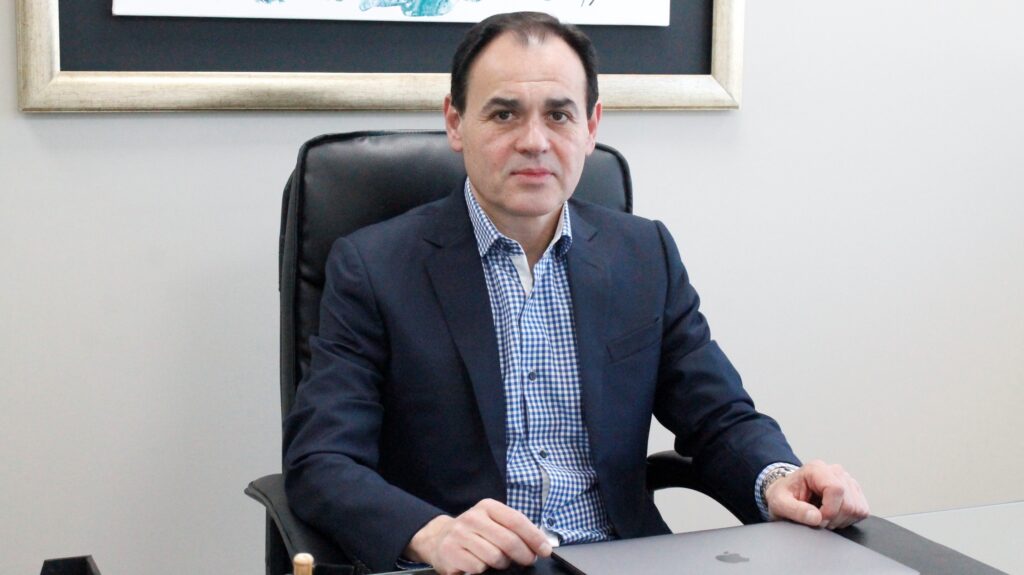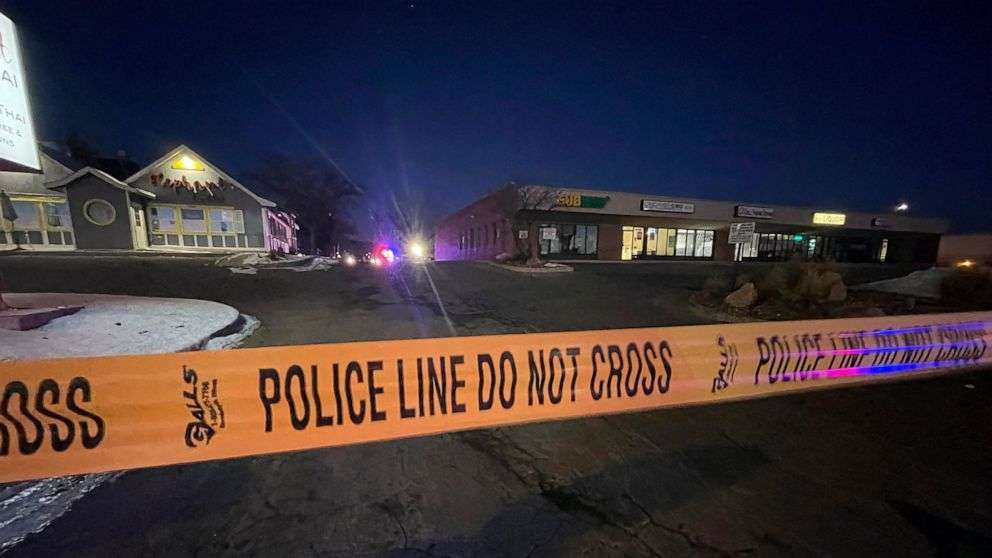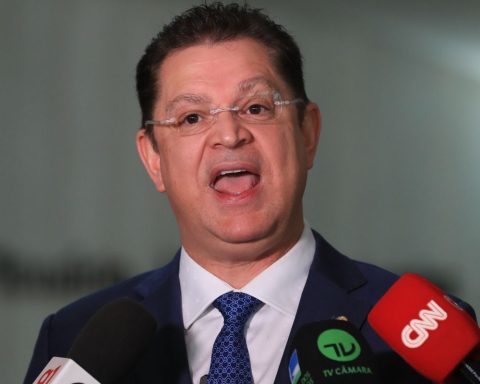In a statement, the regional institution indicated that in an Extraordinary Meeting of the Board of Governors of the Bank it was decided in favor of the Brazilian born in Israel to succeed Mauricio Claver-Carone.
Esquivel, current deputy governor of the Bank of Mexico (Banxico), was nominated by the government of President Andrés Manuel López Obrador (AMLO). Following the IDB’s decision, the UNAM economist will fully return to serve his term on the Governing Board of the Mexican central bank, which ends on December 31 of this year.
Through Twitter, the Mexican wished Goldfajn luck, whom he said he has the pleasure of knowing since his postgraduate student days at the University of Cambridge and, he affirmed, is a person with extensive experience and will have a great performance in front of the IDB.
“I am confident that during his administration, the new president will be able to resume the issues and the vision that I proposed these days for the benefit of the region as a whole,” Esquivel wrote on the social network.
In addition, he thanked the Mexican government for the nomination, the officials of the Ministry of Finance and the Foreign Ministry, and his family, friends and students.
In a very brief statement, the Treasury assured that with the result of the IDB vote, it continues with the policies of the past.
“We regret that in the IDB elections the policy of more of the same continues. The proposal of the Brazilian government was chosen, supported by the United States,” the agency wrote.
As president, Goldfajn will oversee the operations and administration of the Bank, which works with the public sector in Latin America and the Caribbean. In addition, he will chair the Board of Executive Directors of the IDB and the Executive Board of IDB Invest, which works with the private sector in the region.
According to the IDB, to be elected president, the candidate must receive a majority of the total voting power of the IDB member countries, as well as the support of at least 15 of the 28 regional member countries (26 borrowing member countries , plus Canada and the United States).
















